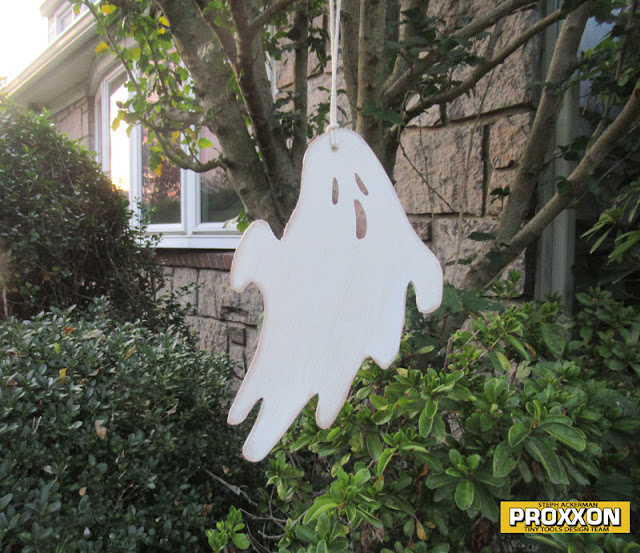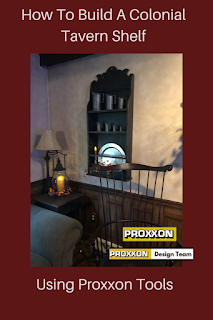Hi everyone, Steph Ackerman here today sharing a new fall project.
The new sign was created with scraps of wood. Using the Micro Bandsaw, I cut assorted sizes of blocks. I wasn't too concerned with the sizes.
I used the
Disc Sander to sand the edges of each block.
Next, I used Plaid FolkArt Paints to paint each block.
I needed a longer strip of wood to adhere the smaller blocks on, so I cut another strip of wood using the
Micro Bandsaw again.
Next, I used the
Bench Drill Press to drill holes in the ends of the strip.
I glued burlap to the panel, then glued the smaller blocks on top.
To decorate, I created assorted clay embellishments, inking each with Brilliance inks.
Placing the letters on each block, I adhered the clay leaves to each block.
Happy Fall.
Thanks for stopping by.























































